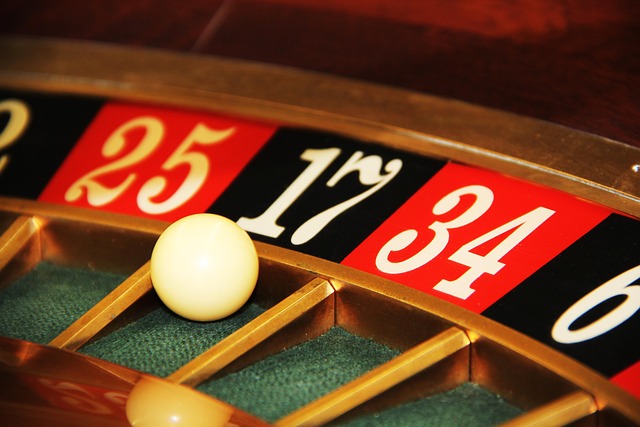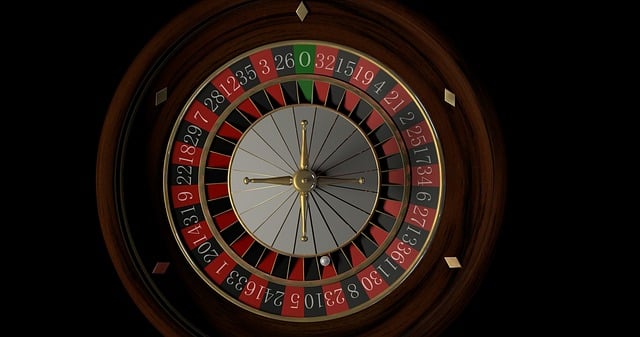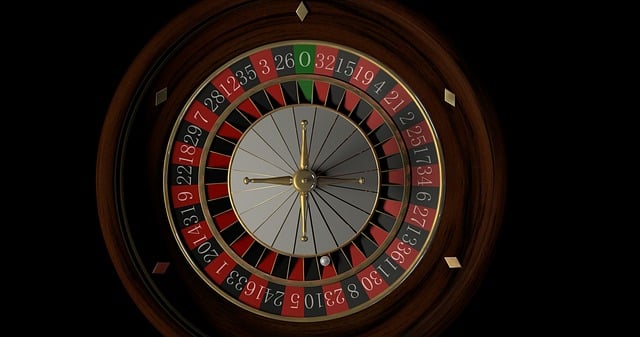Mastering roulette involves understanding odds, managing risk, and choosing a strategy that suits your playstyle and bankroll. With house edges ranging from 2.7% to 5.26%, players can opt for high-risk/reward methods like Martingale or more balanced approaches like Fibonacci. Effective money management through bet limits and bankroll division is crucial, regardless of chosen strategy.
Roulette is a captivating casino game, but understanding its odds and house edge is key to implementing effective strategies. This article explores various roulette strategy techniques, from fundamental concepts like understanding probabilities to advanced approaches used by seasoned players. We delve into risk management and bankroll strategy, essential for sustainable play. Discover how to navigate the table, capitalize on opportunities, and manage your bets effectively with these proven Roulette Strategy tips.
- Understanding Roulette Odds and House Edge
- Popular Roulette Strategy Techniques
- Risk Management and Bankroll Strategy for Roulette
Understanding Roulette Odds and House Edge

Roulette is a game where understanding odds and probabilities is key to developing an effective roulette strategy. Knowing the house edge, which represents the average advantage the casino holds over players, is crucial. In European roulette, for example, the house edge typically hovers around 2.7%, while American roulette versions can have an edge of up to 5.26% due to the additional double zero pocket. Familiarizing yourself with these odds allows you to make informed decisions and choose bets that offer better chances of winning when implementing your chosen roulette strategy.
By carefully considering the potential payouts and risks associated with different bet types, players can navigate the table more strategically. Simple bets like betting on a single number or on red/black have higher odds but lower payouts, while more complex bets like splits or streets cover multiple numbers and offer slightly better returns, albeit with narrower winning chances. Understanding this dynamic is fundamental to adjusting your roulette strategy based on personal risk tolerance and desired outcome.
Popular Roulette Strategy Techniques

In the world of gambling, Roulette Strategy techniques have captivated players for centuries, each promising an edge over the iconic spinning wheel. Among the most popular is the Martingale System, a strategy that involves doubling your bet after each loss until you win. This approach is often seen as a high-risk, high-reward technique, requiring careful management of bankroll. Another well-known method is the Fibonacci Strategy, which utilizes a sequence of numbers from the Fibonacci series to dictate bet sizes. Players increase their bets after a loss, but by a smaller amount than the Martingale System allows, offering a more gradual approach.
For those seeking a balanced Roulette Strategy, the Paroli System offers an interesting alternative. This technique encourages players to increase their bets after each win, rather than after a loss. By adopting this strategy, players can potentially multiply their initial bet while minimizing potential losses. Additionally, the French Bet or Voisins du Zero is a popular choice for those aiming to reduce the house edge. This strategy involves betting on a group of numbers that includes zero, providing more winning opportunities and slightly lowering the casino’s advantage.
Risk Management and Bankroll Strategy for Roulette

Managing risk and bankroll effectively is half the battle in any gambling game, and roulette is no exception. A solid roulette strategy involves setting clear limits on your bets and sticking to them. Define a budget for your gaming session or entire roulette play, known as your bankroll. This should be an amount you can afford to lose without causing financial strain. Dividing your bankroll into smaller units allows for better control. You might decide on a unit size based on the bet types available at your table and your comfort level with risk.
The Martingale system, popular among roulette enthusiasts, suggests doubling your bet after each loss until you win, then restarting from the initial bet size. While this can lead to significant gains if successful, it’s high-risk and requires a substantial bankroll. A more conservative approach is the Fibonacci strategy, which involves increasing bets by one unit after a loss, using the sequence of Fibonacci numbers (0, 1, 1, 2, 3, 5, etc.). This method offers a balanced risk-reward ratio, but it still demands careful money management and discipline to execute successfully.
Roulette is a captivating game that, while based on chance, can be approached with strategic finesse. By understanding the fundamentals of roulette odds, exploring popular strategy techniques, and implementing robust risk management and bankroll strategies, players can enhance their experience and potentially increase their chances of success. Remember, while no strategy guarantees wins, a well-informed approach can make the game more enjoyable and rewarding.






